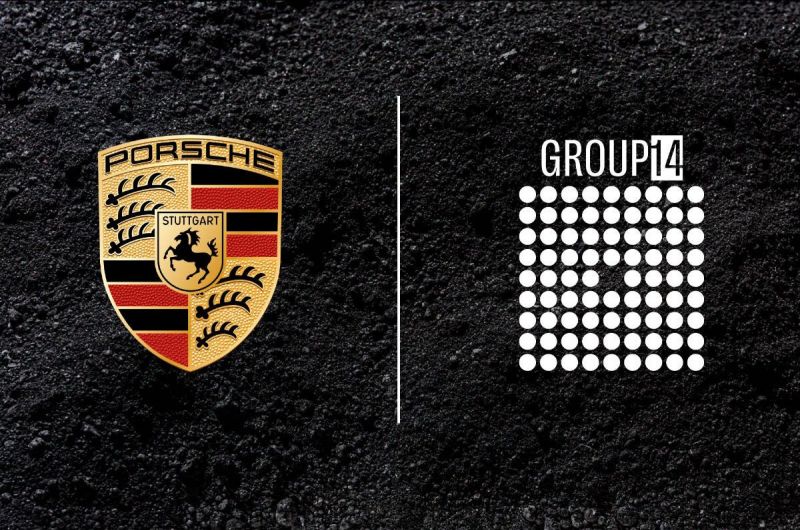We covered Washington Governor Jay Inslee’s visit to the Group 14 Technologies battery plant in Woodinville last year. Now the Group is getting attention from Porsche, among other funders. The startup company announced raising $400 million from investors including the Teutonic automaker. According to Reuters, part of those funds will be used to build a second battery materials plant in eastern Washington State. The company is now valued at over $1 billion, money which will help expand battery materials production for the silicon-lithium cell market. Silicon is a desirable material in batteries, capable of storing more energy than lithium or other metals. It has a major drawback, though. In expanding and contracting during charge-discharge cycles, it eventually deteriorates, crumbles, and brings the battery’s usefulness to an end. Dr. Yi Cui of Stanford University has tried various methods over the years to prevent such crumbling. His firm, Amprius, has developed a silicon nanowire anode that enables a battery with 450 Watt-hour …
A Fix for Dreamliner Battery Woes?
With Boeing facing financial doldrums because of its ongoing grounding and resulting slump in sales of the 787 Dreamliner, the stakes are high for the company. That makes today’s Reuters’ report that the manufacturing giant may have found a “way to fix battery problems on its grounded 787 Dreamliner jets” good news for not only Boeing, but for electric aircraft in general. Readers should read these findings with some caution, though, since another report from Japan gives a different possible cause for the problems. That said, the two reports might not be mutually exclusive. Many electric light aircraft developers use spacing between cells and some method to circulate cooling air over them. In Boeing’s two 787 lithium battery packs, eight large cells fill a fairly tight housing. Reuters quotes an anonymous source, “’The gaps between cells will be bigger. I think that’s why there was overheating,’ said the source, who declined to be identified because the plans are private. “A …

